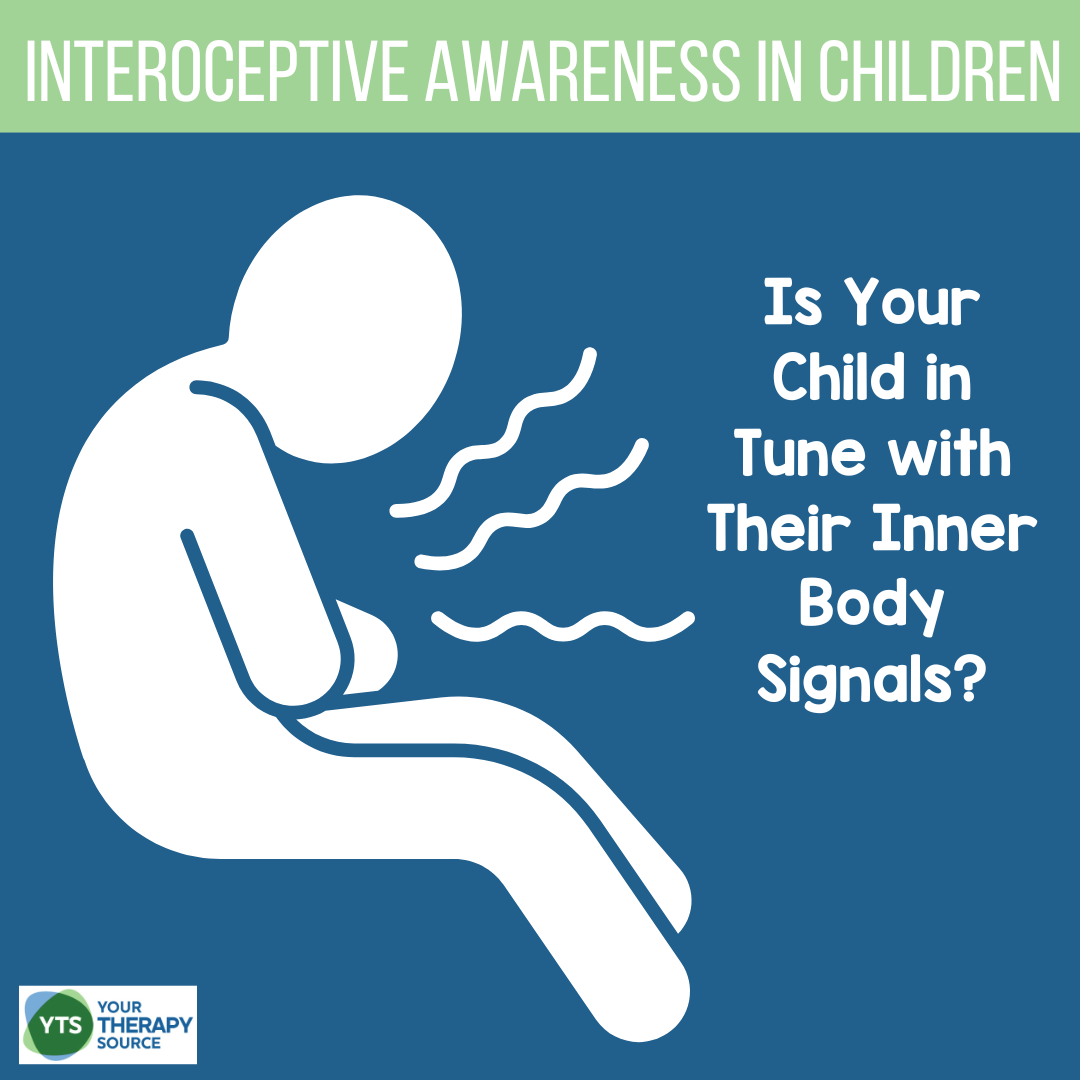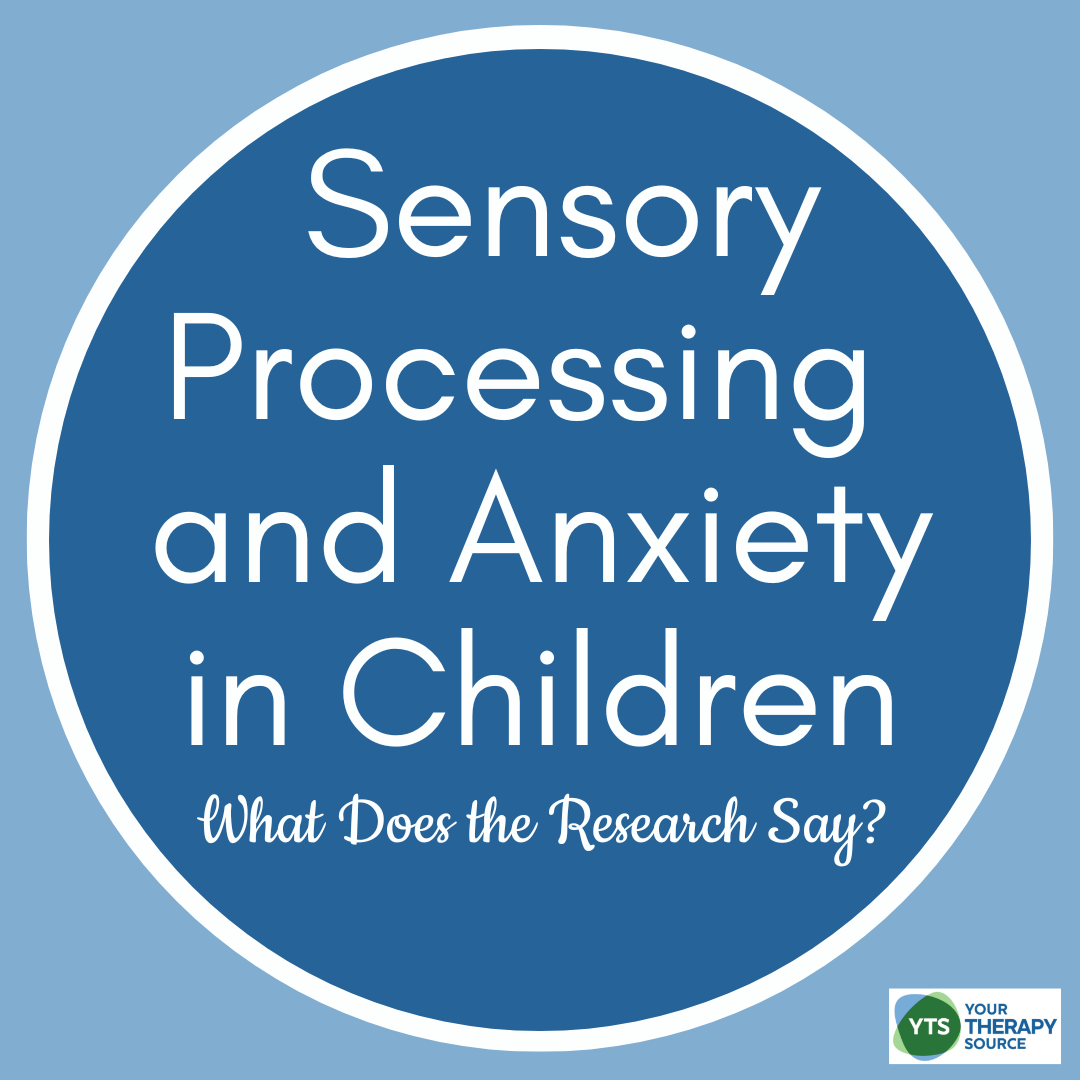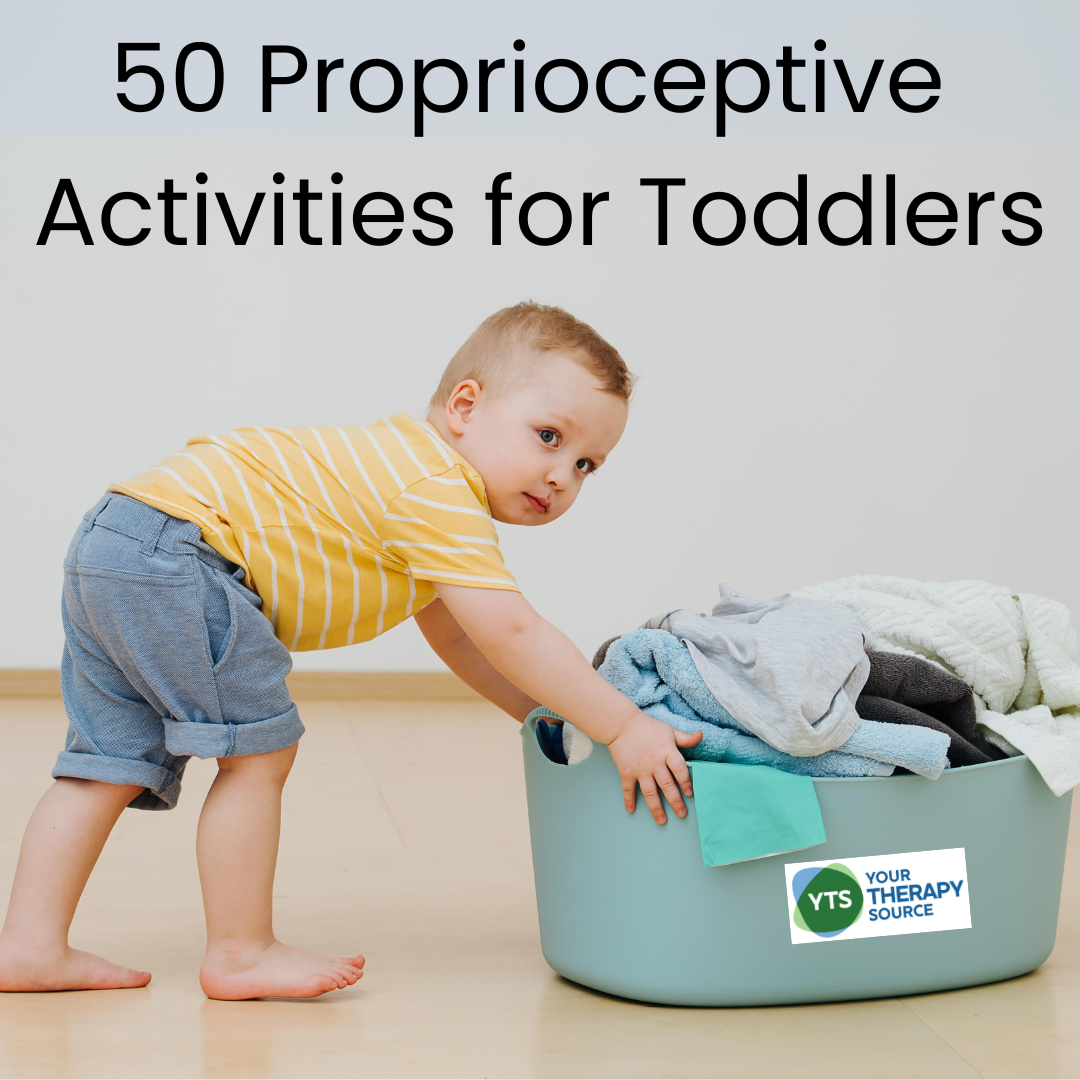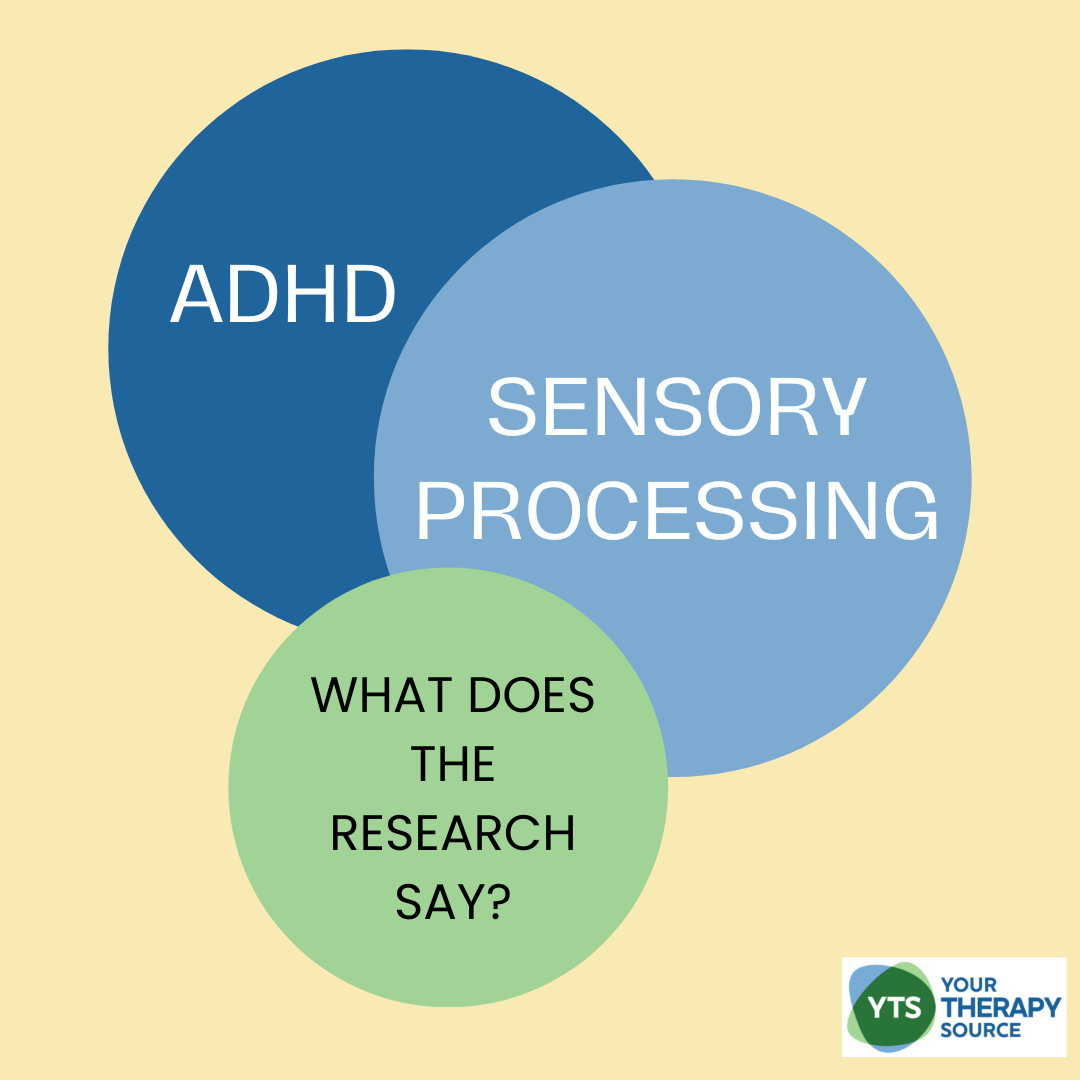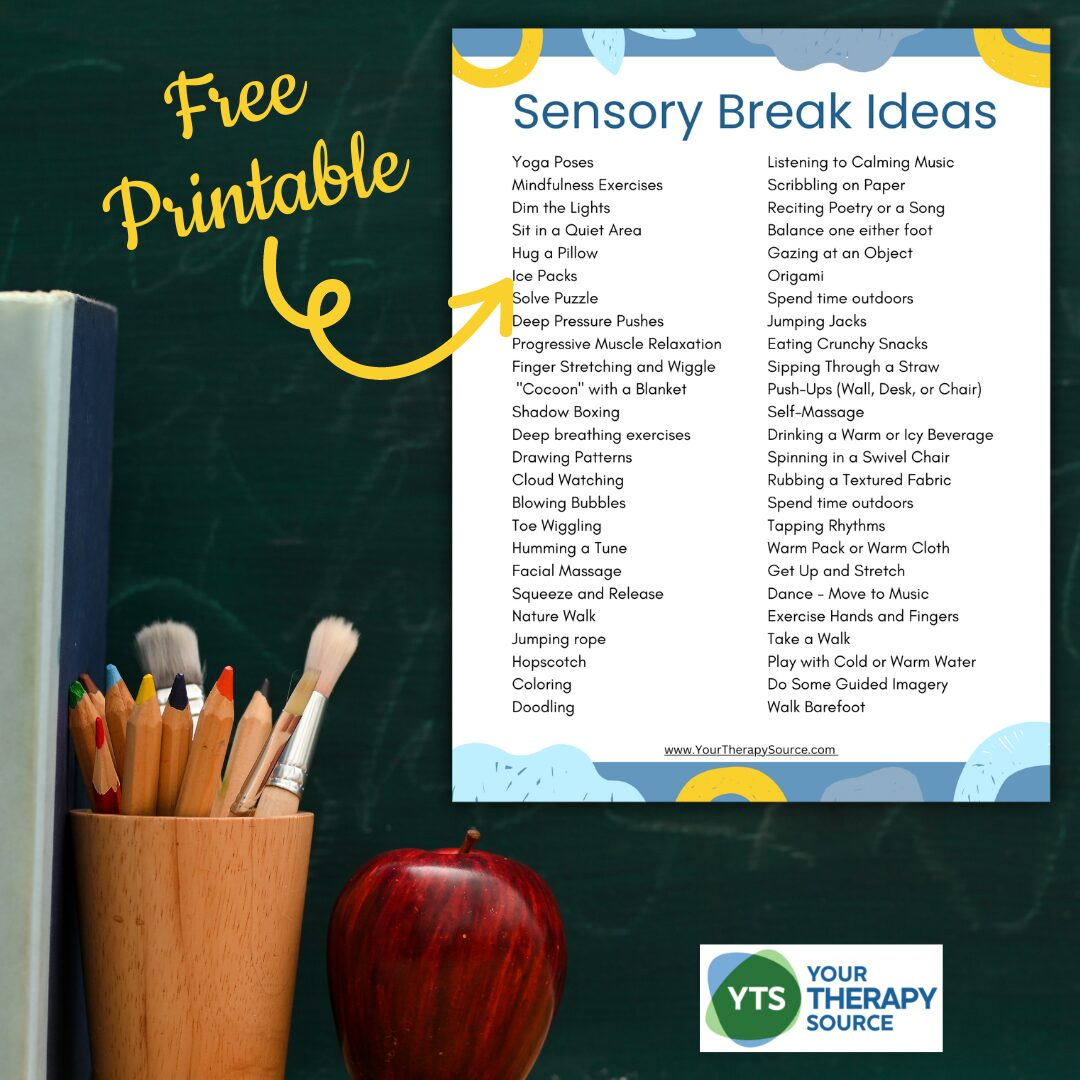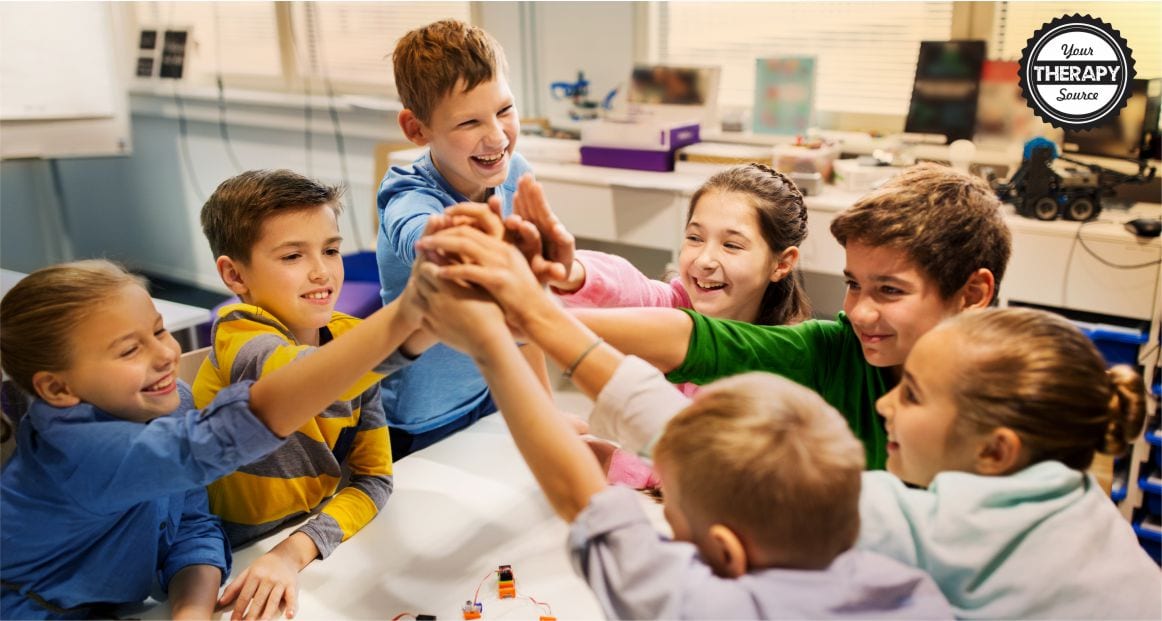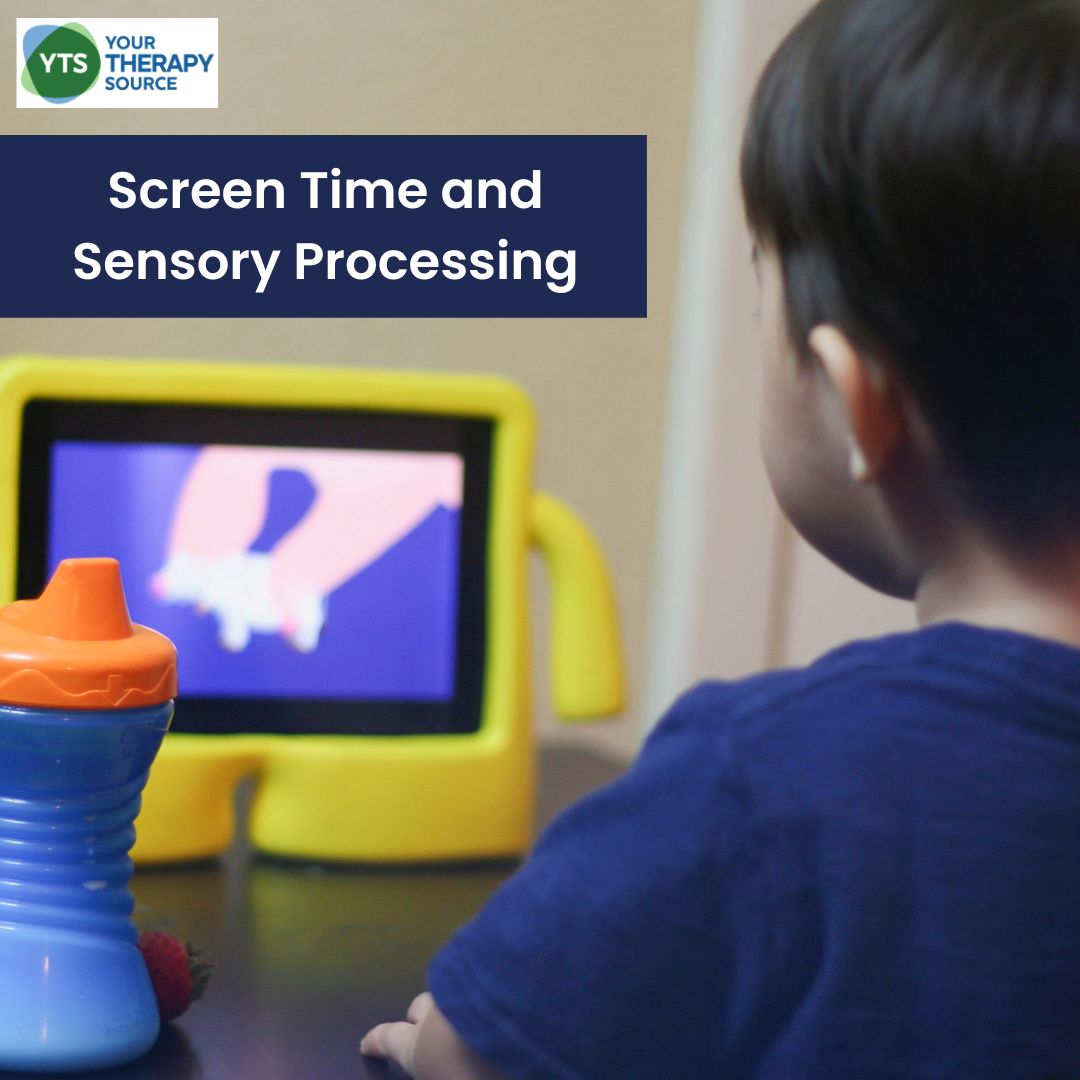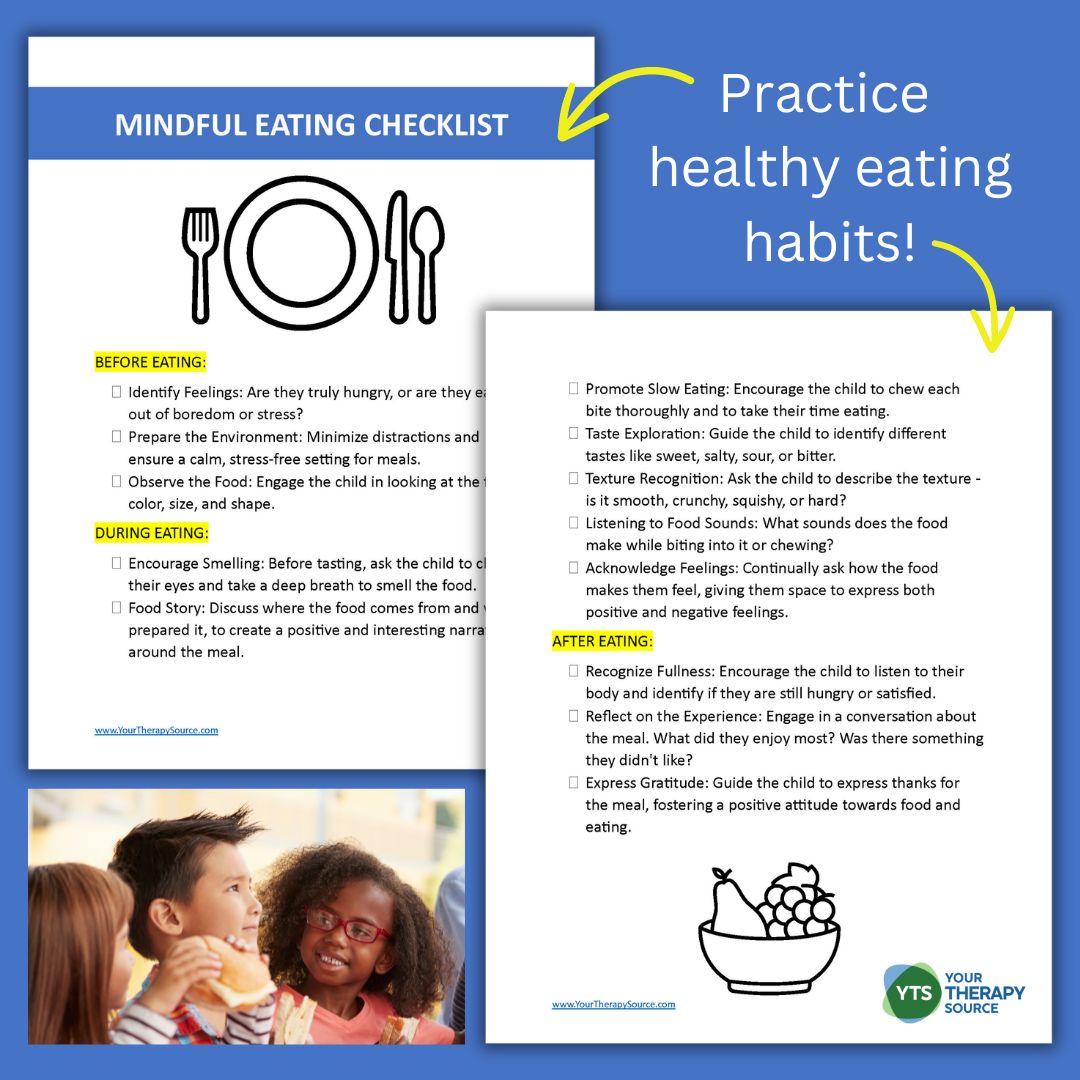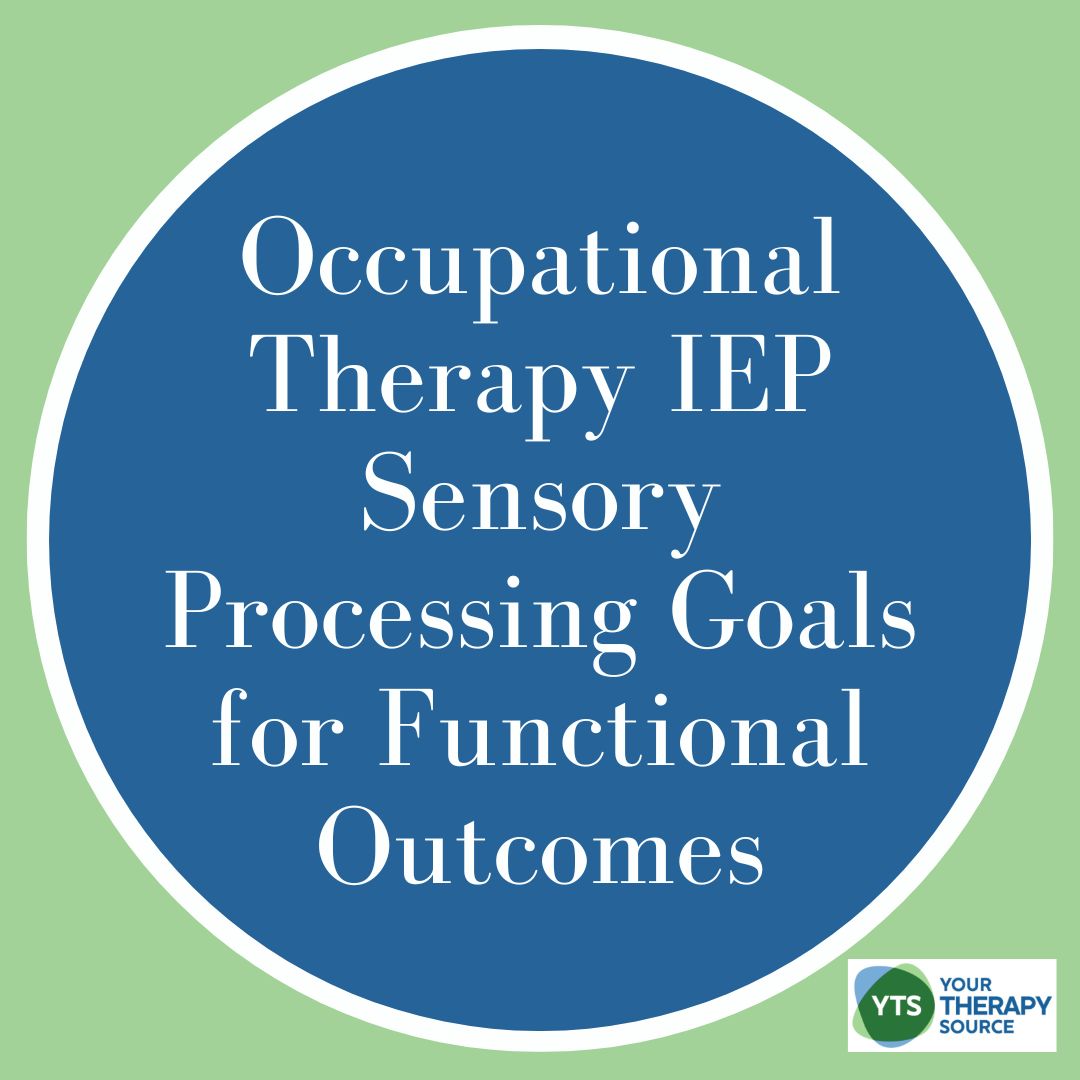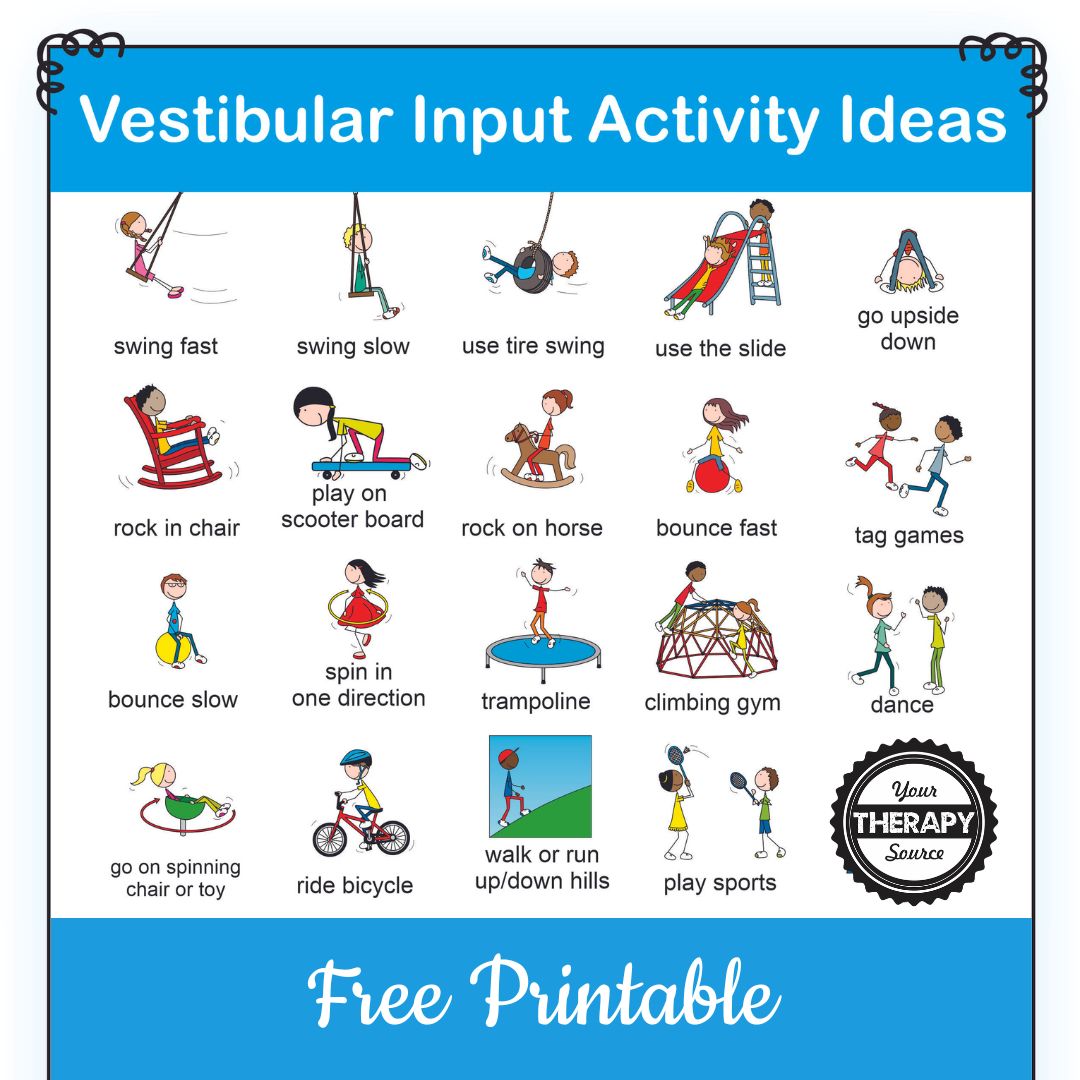Interoceptive Awareness in Children
Interoceptive awareness refers to how we perceive and interpret our body signals. It is closely linked to sensory processing and how we understand and respond to emotions. Recent research looked closely at interoceptive awareness in children. Here is some general information about interoceptive awareness and its significance: Recent Study on Interoceptive Awareness in Children This […]

